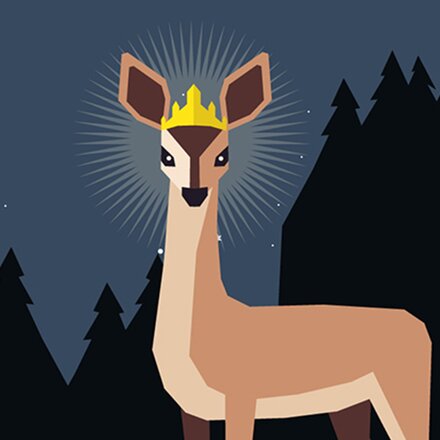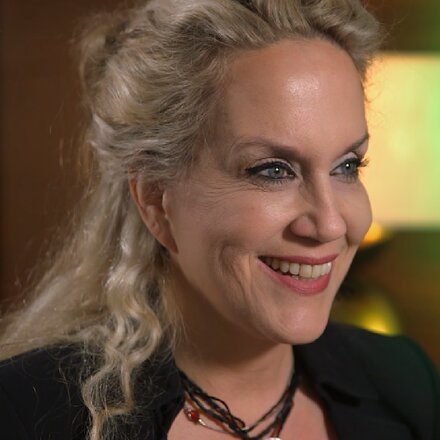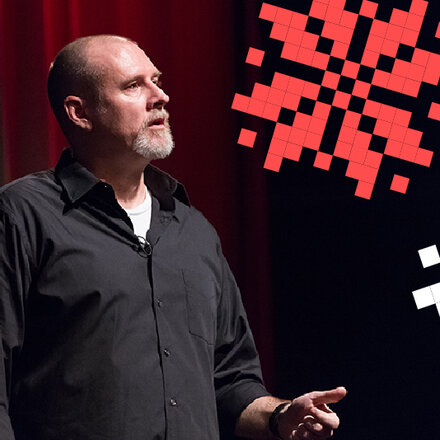What was your first experience with games?
I guess my first meaningful experience was the classic platformers; Sonic, Super Mario, the SNES, and the Mega Drive. I was just the right age for them to be really impressive to me. Super Mario was amazing. Then the PlayStation came out and the PC was getting great titles, with games like Half-Life, Abe’s Oddysee and Metal Gear Solid. They were all great for different reasons, Abe’s Oddyssee had so much charm, it was funny, Metal Gear Solid showed you could tell an in-depth story and be cinematic in games and Half-Life was just Half-Life, like nothing else, ha! I remember playing games like Final Fantasy 7 and thinking it was the best thing ever! That’s not to say the increases in complexity automatically make for a better experience; left, right and jump is still just so beautifully simple and accessible. I’ve been playing Rayman: Origins recently and that’s just brilliant. It’s so pretty, great animation.
When did you first decide you wanted to work in the games industry, and what made you decide to be an animator?
As is common with a lot of artists I came at it with the angle of: I decided I wanted to be an animator and then decided I wanted to work in the games industry. I was at University doing a Computer Animations and Special Effects degree. I was quite technical in school and I knew I wanted to be in something creative, I was always a big movie fan with a big imagination. The course covered a bit of everything and in my second year after experiencing everything, I just thought animation; you’re bringing characters to life, it’s all about charm, appeal, connecting with your audience and it’s cool, let’s be honest! I also knew I wanted to be collaborating in teams with other creatives, which is probably my favourite part of my job.
Tell us more about your role as an animator, what is your day to day work like?
It can vary. At the moment, I’m doing cut-scenes for Volume and we have a mega talented storyboard artist on our team. Day-to-day I’ll come in, look at the shots I plan to do that day, take a look at the storyboard animatic and read the script. I’ll also consult the notes I may have already taken on those shots. Then I listen to the voice performance over and over and over again. I figure out what the tone of the scene is, what the point of the shot is, what the characters are trying to say, the subtext, feel out the best performance for that, and then I act it out on camera. I act it out about 20, 30 times, basically as many times as it needs until I feel confident with it. Then get my Maya file open and start animating! The final stage is sending everything through for review and hoping that they’re happy with it.
That’s what I do at the moment, but often it’ll be gameplay stuff; runs, walks, jumps and all that, I enjoy the physicality stuff too.
Sometimes I’ll play the game, test things and polish or bug fix, which can be the day-to-day of most positions in the industry really.
What would you say to someone considering animation as a career path?
I’d say it’s good to be sure you definitely want to do it. It’s very hard but it’s worth it. It’s like any creative medium; you have to like it, which is why I’m saying you have to be sure. Being creative can be difficult enough when you love it, but when you have to be creative forty hours a week for someone else’s thing, which you may not love (I’ve been lucky here!), you have to be able to at least enjoy the process. If you come in at 9am and you’re not feeling it, then it’s tough. So make sure that the process itself is rewarding for you.
I see a lot of young animators, where they let the computer do most of the work and they don’t understand how difficult animation actually is and why their projects aren’t that great. It’s hard work but it’s very rewarding. So make sure you love it, and then really look at animation in films and TV shows. Start training your eye. I can’t recall who said it now but your eye has to be a better animator than you or you’ll stop improving. I try and remind myself that as much as possible.
What are your top 3 tips for people who want to work with games?
Don’t give up. By that I mean embrace the fail, you’ll learn every time, keep learning. You’ll fail as much as you succeed but keep going. It’s a tough industry and it can be disheartening but just keep going. Just do it. A lot of people talk a lot and discuss their ideas. Well, make it then, just make it. A year from now you’ll wish you’d started today. Be visible. You can be the best artist / coder / designer in the world but if no one knows that then it’s for nothing. Have a website, have Twitter, go to relevant events and introduce yourself. Talk to people, be visible.
Can you talk about what you’re currently working on?
So Mike Bithell is currently developing Volume. It’s a modern-day, cyberpunk stealth retelling of Robin Hood. I’ve done some of the gameplay animations. Some were bought from the asset store and I’ve then polished / edited them. My main role has been doing the cut scenes, so I have spent quite a while on them with a bit more to go. About eight minutes of cutscenes with all the main characters, including BAFTA Winner Danny Wallace, YouTuber Charlie McDonald and movie star Andy Serkis as our villain!
Ok so to finish off... looking into the future, what does 2015 look like for you?
Obviously at the moment I’m full time on Volume. I work in a co-working space in Leamington Spa called The Arch Creatives with a lot of ex-colleagues and cool things are coming up in there, plus who knows what Mike Bithell is doing after Volume, maybe he’ll hire me again. The industry is going in some great directions and I’m very excited for the future.
More information on Volume can be found here.
The BAFTA Crew Games programme is funded by Creative Skillset and run in partnership with the Wellcome Trust.





